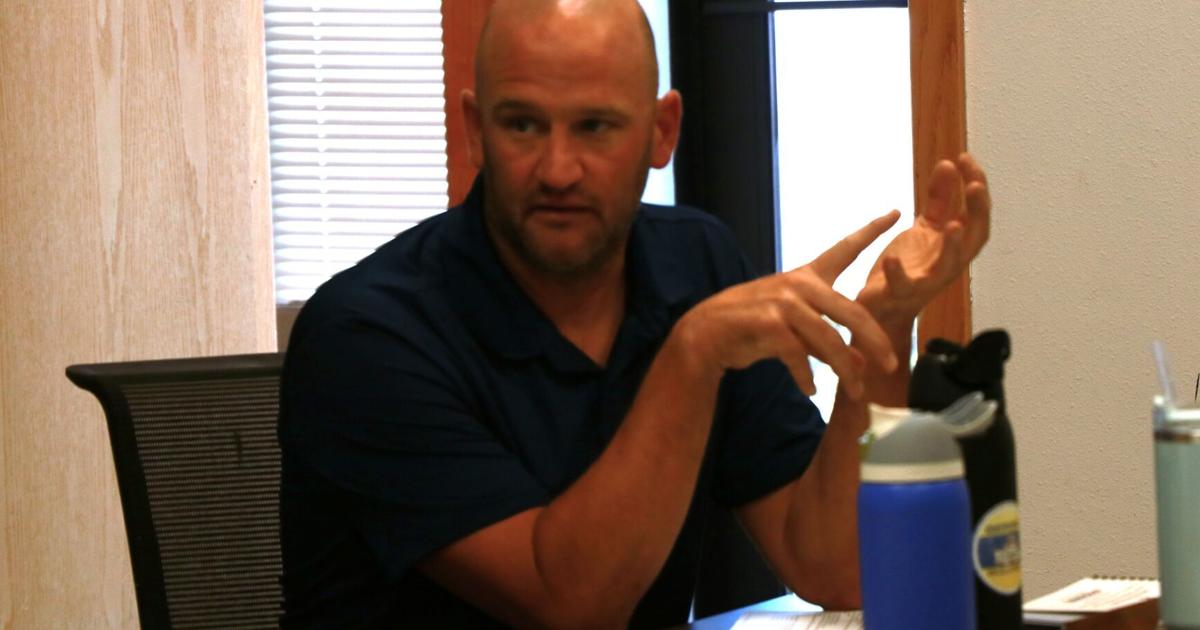The recent discovery of two children living in extreme isolation on a remote farm has sent shockwaves through communities, raising profound concerns about their well-being and the pervasive issue of child welfare.
Found wearing nappies and communicating in a language described as rudimentary, the nine-year-old boy and his six-year-old sister existed completely unknown to the outside world. This severe lack of conventional social interaction points to an alarming degree of social isolation, suggesting an upbringing devoid of the fundamental developmental stimuli typically experienced by children their age. Their communication, described as primitive, indicates a profound absence of linguistic and social exposure, significantly impacting their ability to connect with others.
The children’s complete absence from official records—never having been registered with a school or doctor—highlights a critical systemic failure. This unprecedented level of being unregistered children speaks volumes about the extent of neglect they endured, allowing their precarious living situation to persist undetected for years. The case severely underscores the challenges of monitoring remote or concealed living situations, revealing alarming gaps in social welfare oversight that can have dire consequences for vulnerable individuals.
Experts are now grappling with the potential long-term ramifications of such an unconventional upbringing. Prolonged isolation, coupled with the complete absence of formal education and essential healthcare, is anticipated to have profound and lasting impacts on the children’s cognitive, emotional, and physical development. The lack of structured learning and socialisation during critical formative years poses significant hurdles for their future integration into conventional society and their overall psychological well-being.
In the aftermath of this alarming discovery, law enforcement and social services have swiftly initiated comprehensive efforts to assess the children’s immediate needs and provide appropriate support. This critical phase involves a multi-agency approach, focusing on trauma-informed care and gradual re-introduction to conventional societal norms. Simultaneously, investigations are underway to fully understand the intricate circumstances that led to their hidden existence and to identify any responsible parties who contributed to this severe case of child welfare oversight and neglect.
This deeply concerning incident serves as a stark reminder of the hidden vulnerabilities that can persist within society and the urgent need for enhanced vigilance to ensure the safety and development of all children. It underscores the critical importance of robust social welfare systems and community awareness in preventing extreme cases of social isolation and identifying instances of unregistered children before irreversible harm occurs. The case compels a re-evaluation of how society monitors and protects its most vulnerable, advocating for stronger preventative measures to avert similar tragedies stemming from profound neglect and an unconventional upbringing.
Discover more from The Time News
Subscribe to get the latest posts sent to your email.





